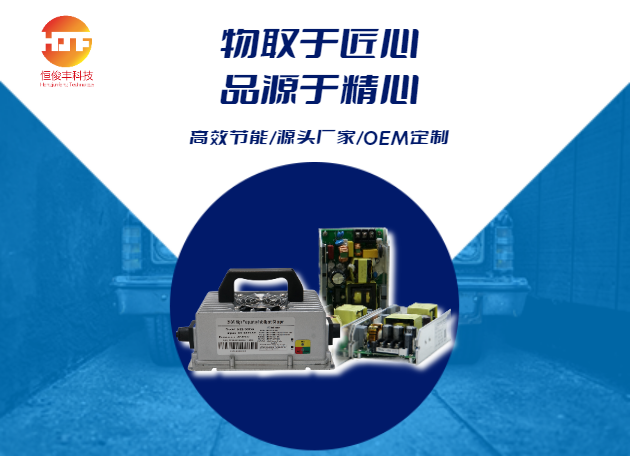A Comparison between Lead-Acid and Lithium-Ion Battery Chargers

As the demand for portable energy solutions continues to rise, the choice of battery technology and its corresponding charger becomes crucial. Two commonly used types of batteries are lead-acid and lithium-ion batteries, each requiring specific charging methods. This article aims to elucidate the key differences between lead-acid and lithium-ion battery chargers, shedding light on their unique characteristics and applications.
Lead-Acid Battery Chargers:
Lead-acid batteries have been a staple in the energy storage industry for decades. They are renowned for their durability, cost-effectiveness, and ability to deliver high current in short bursts. Lead-acid battery chargers are designed to cater to the specific needs of these batteries. They employ a multi-stage charging process, typically consisting of three stages: bulk charging, absorption charging, and float charging.
1. Bulk Charging: In this initial stage, the charger delivers a constant current to rapidly replenish the battery's charge. This helps restore the battery to approximately 70-80% of its capacity.
2. Absorption Charging: Once the battery reaches a predefined voltage level, the charger switches to absorption mode. Here, it maintains a constant voltage while gradually decreasing the charging current. This ensures the battery reaches its full capacity without overcharging.
3. Float Charging: After the battery is fully charged, the charger switches to float mode, providing a lower voltage to keep the battery at its full charge level without causing any damage due to overcharging.
Lithium-Ion Battery Chargers:
Lithium-ion batteries have gained popularity in recent years due to their higher energy density, lighter weight, and longer cycle life compared to lead-acid batteries. Lithium-ion battery chargers are tailored to the specific characteristics of these batteries, employing a different charging algorithm.
1. Constant Current (CC) Charging: Lithium-ion batteries are charged with a constant current until they reach a specified voltage threshold. This phase is crucial for the initial charging process.
2. Constant Voltage (CV) Charging: Once the battery voltage reaches the predefined level, the charger switches to a constant voltage mode. During this stage, the current gradually decreases until the battery is fully charged.
Differences and Considerations:
1. Charging Speed: Lead-acid batteries typically have a faster charging rate compared to lithium-ion batteries. This is due to their ability to accept high charging currents during the bulk charging phase.
2. Energy Density: Lithium-ion batteries have a higher energy density, meaning they can store more energy in a smaller and lighter package compared to lead-acid batteries.
3. Cost: Lead-acid batteries and their corresponding chargers are generally more affordable upfront, while lithium-ion batteries and chargers may have a higher initial cost but offer better long-term value due to their longer lifespan.


